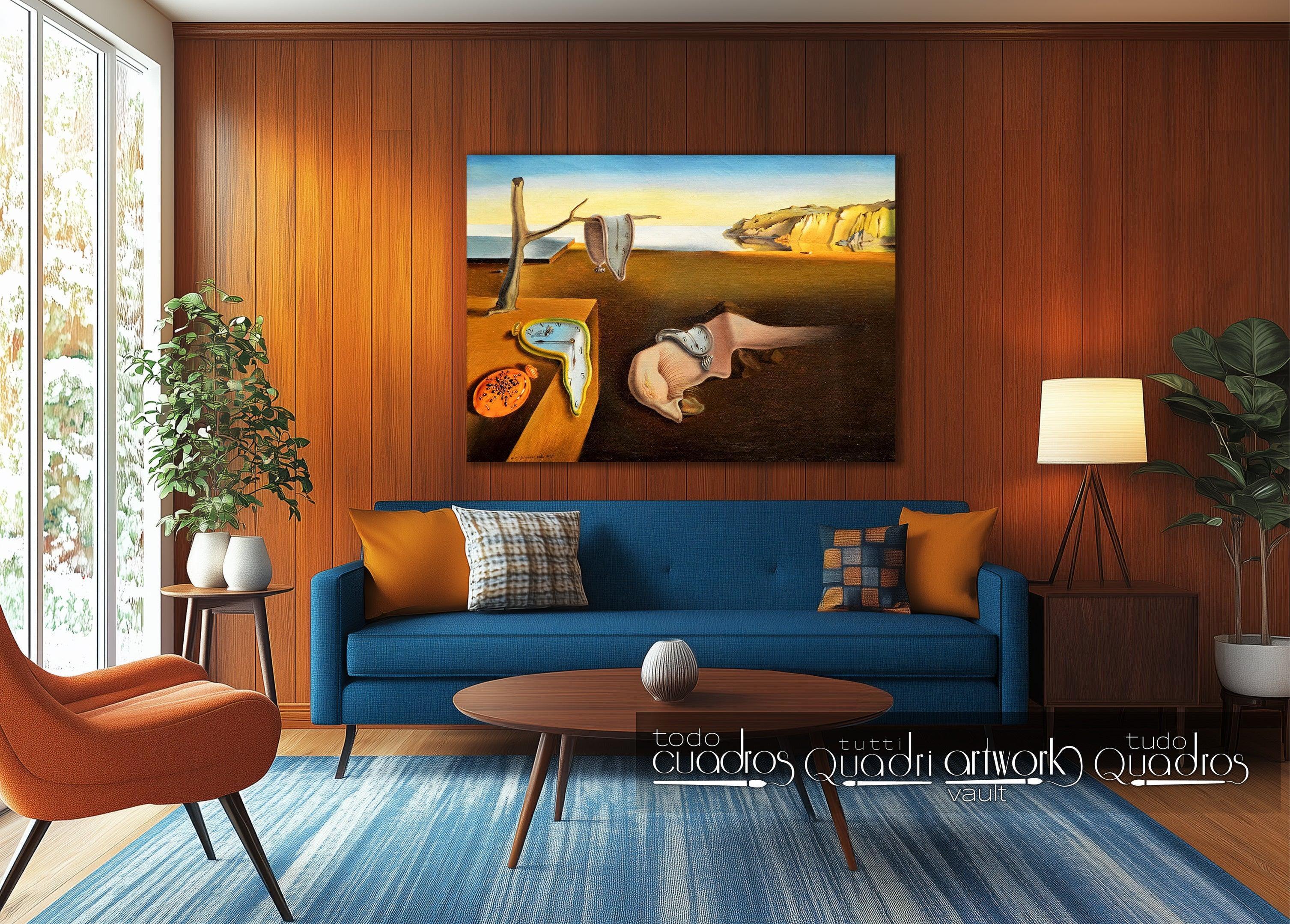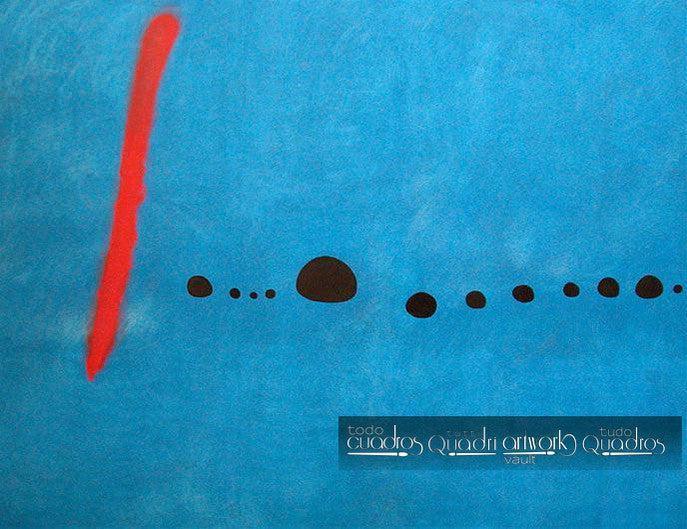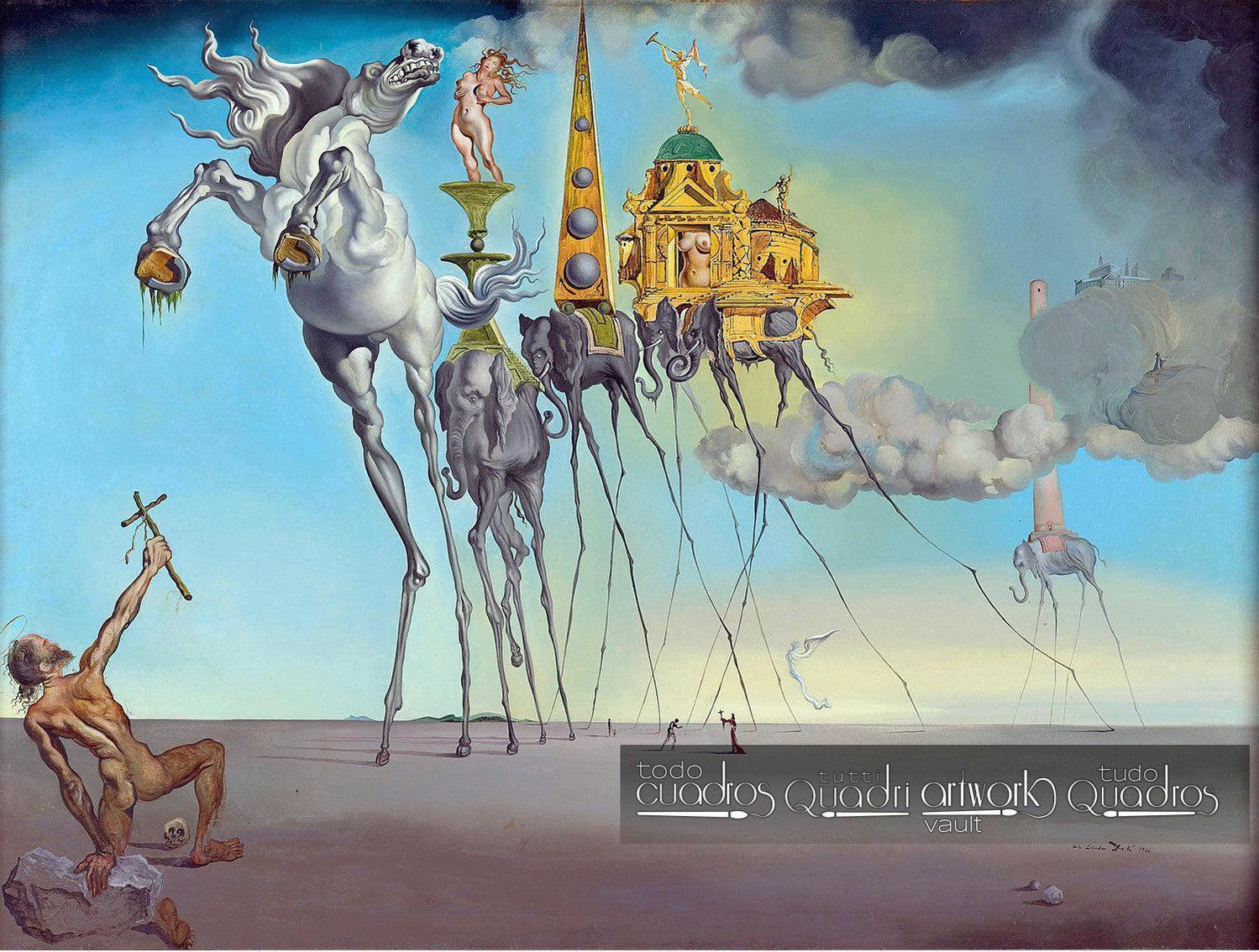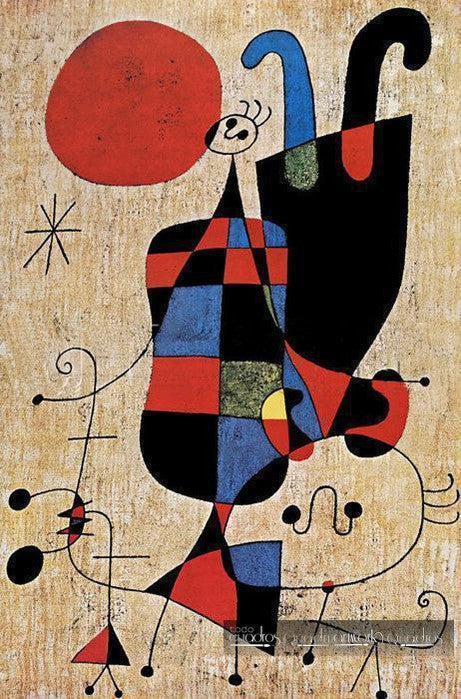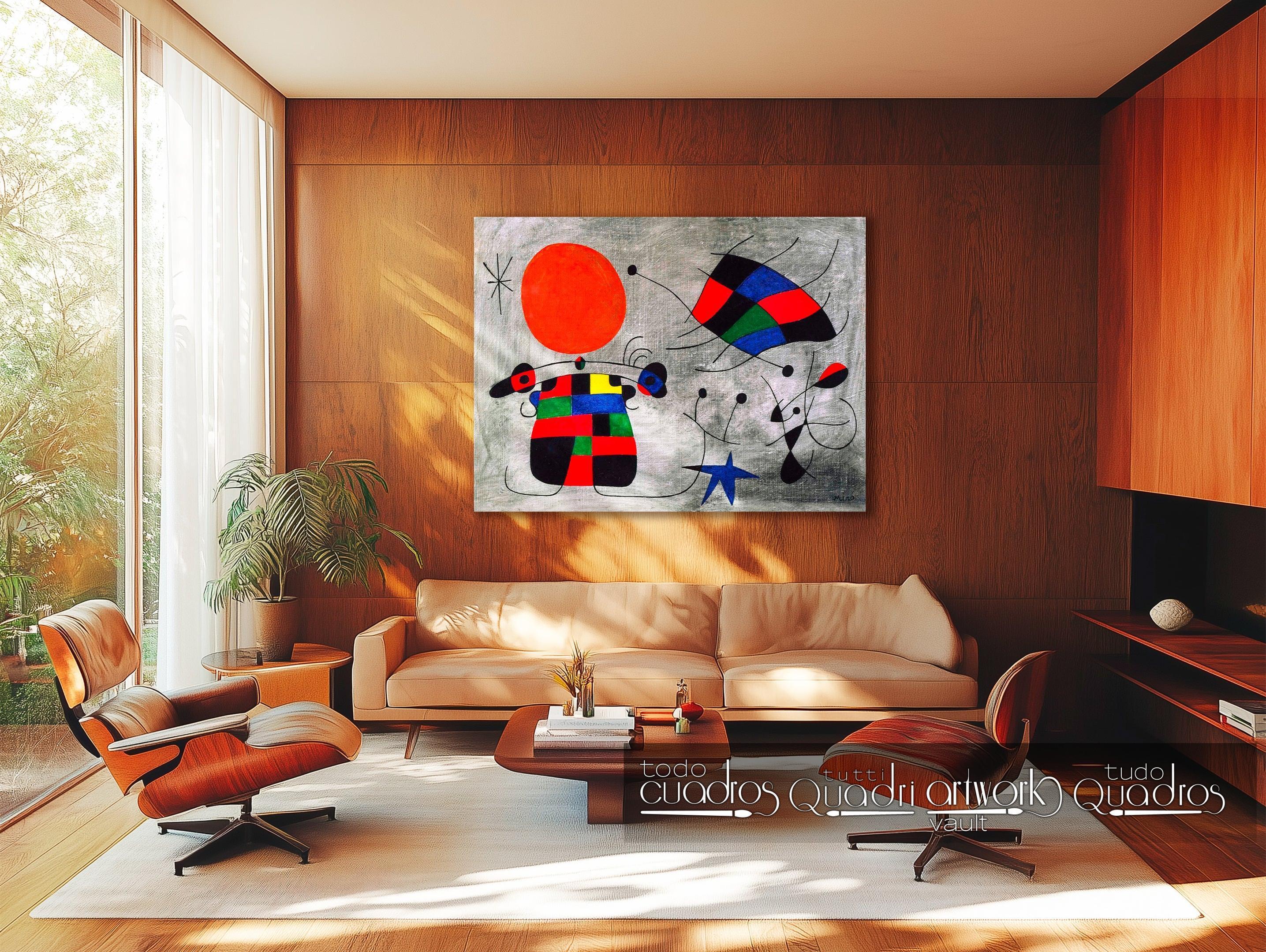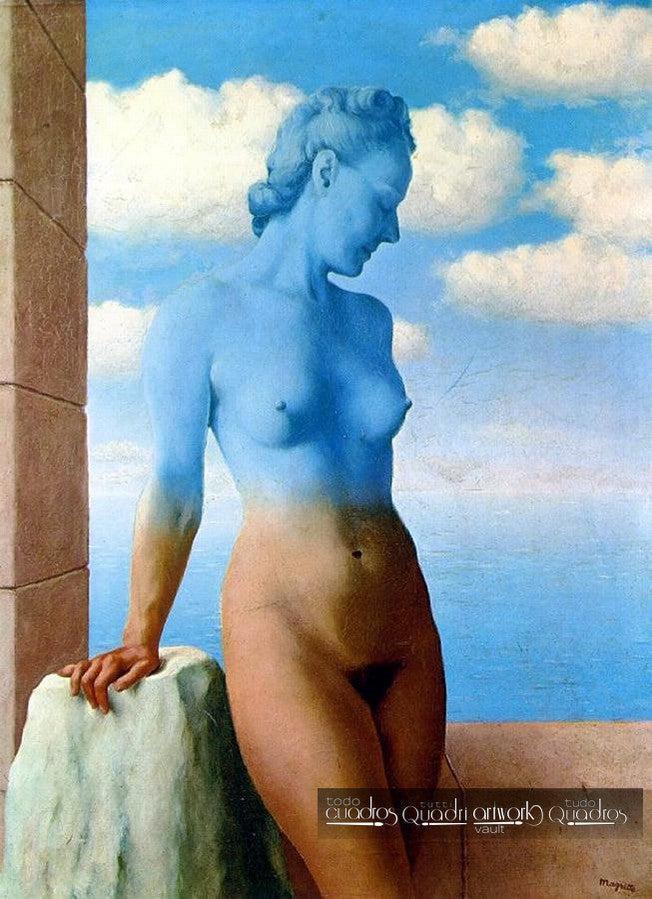Christ of Saint John of the Cross
$407.00 CAD
The Persistence of Memory
$298.00 CAD
The Son of Man
$298.00 CAD
The Singing Fish
$298.00 CAD
Tapestry Design
$298.00 CAD
The Gold of the Azure
$298.00 CAD
Woman, Bird and Star (Homage to Pablo Picasso)
$298.00 CAD
Blue II
$298.00 CAD
The Art of Living
$298.00 CAD
The Infinite Recognition
$298.00 CAD
Melancholic Singer
$298.00 CAD
Swans Reflecting Elephants
$407.00 CAD
I and the Village
$298.00 CAD
Metamorphosis of Narcissus
$407.00 CAD
The Temptation of St. Anthony
$407.00 CAD
Ladders Cross the Blue Sky in a Wheel of Fire
$298.00 CAD
Figures and Dog in front of the Sun
$298.00 CAD
The Rooster
$298.00 CAD
The Harlequin's Carnival
$407.00 CAD
The Smile of the Flamboyant Wings
$298.00 CAD
Women and Birds at Sunrise
$298.00 CAD
The Treachery of Images
$298.00 CAD
Black Magic
$298.00 CAD
Abstract
$298.00 CAD
The Lovers
$298.00 CAD
Golconda
$298.00 CAD
Time Transfixed
$298.00 CAD
The Menaced Assassin
$298.00 CAD
Collective Invention
$298.00 CAD
The Great War
$298.00 CAD
The Birth of Day (1968)
$298.00 CAD
The Burning Giraffe
$298.00 CAD
The Sacrament of the Last Supper
$407.00 CAD
The Hallucinogenic Toreador
$407.00 CAD
The Disintegration of the Persistence of Memory
$298.00 CAD
The Elephants
$407.00 CAD



